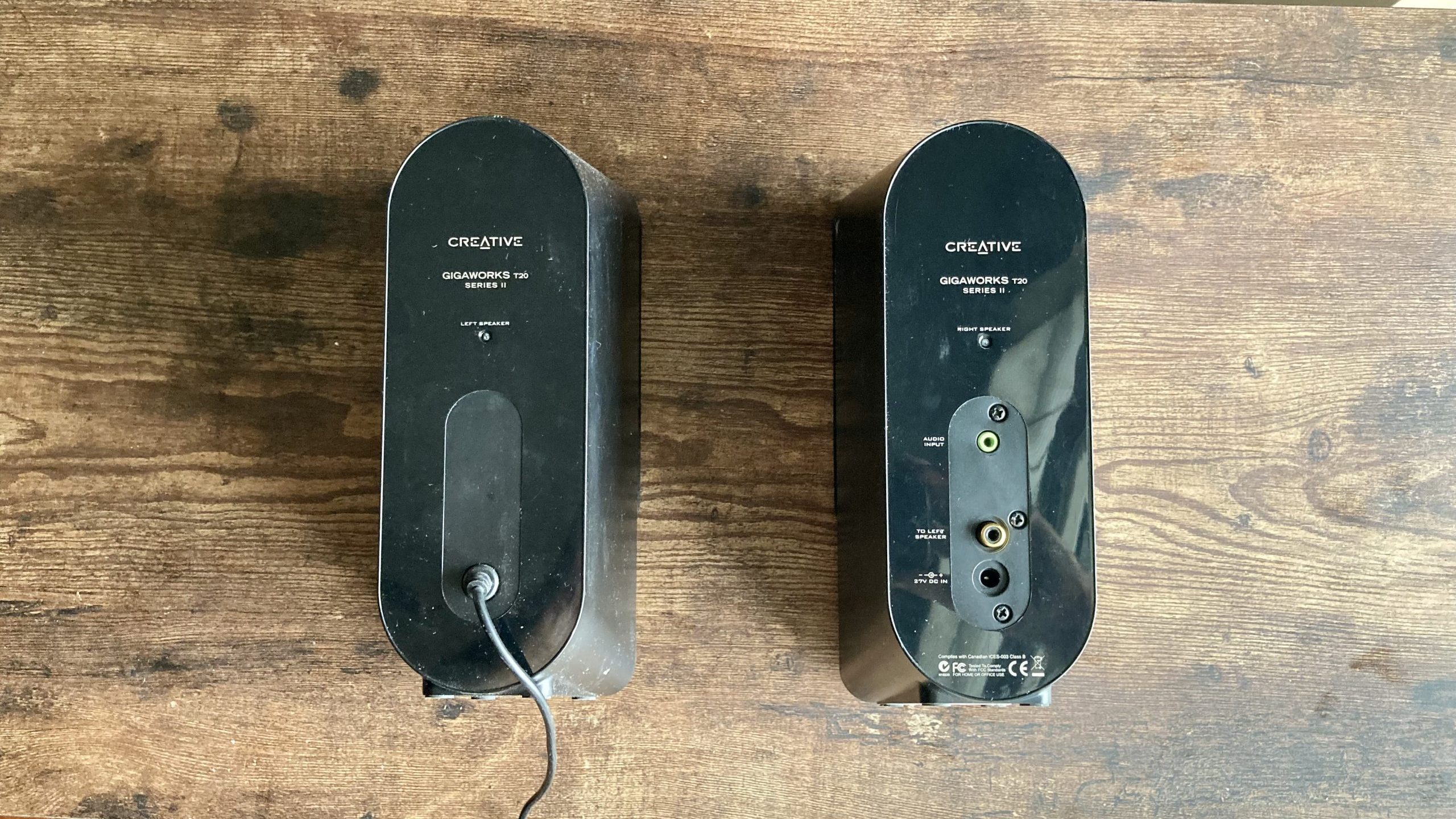If you have ever wanted to add more speakers to your computer without having to worry about extra software or an amplifier, then passive speakers are the way to go. Passive speakers are powered by the sound card in your computer and do not require any extra power source. This makes them very easy to set up and use.
- First, you need to find an amplifier that is compatible with your passive speakers
- Next, you will need to connect the amplifier to your speakers using speaker wire
- Once the amplifier is connected to your speakers, you can then plug it into an outlet and turn it on
- Finally, adjust the volume on the amplifier until it is at the desired level
How to connect a power amplifier to passive loudspeakers
Cheapest Way to Power Passive Speakers
There are a few different ways that you can power passive speakers without spending a lot of money. One option is to use a standard home stereo receiver. You can usually find these for under $100 and they will provide enough power to most passive speakers.
If you have a little more money to spend, you can get a separate amplifier specifically for your speakers. This will give you the best sound quality, but it will also be the most expensive option. Another cheap option is to use a TV or computer as your source of audio.
Most TVs and computers have built-in amplifiers that can power passive speakers just fine. The last option is to use batteries. This is probably the cheapest way to go, but it will require you to change the batteries every so often.

Credit: www.soundguys.com
Do Passive Speakers Need a Power Source?
Passive speakers do not need a power source. They rely on the amplifying power of the receiver or amplifier to which they are connected.
How Do You Power Passive Monitors?
Passive monitors don’t need any power other than what’s provided by the audio source. This can come from a mixer, an amplifier, or directly from a soundcard. The key is that the audio source provides enough voltage to drive the passive monitor speakers.
If you’re using an amplifier, make sure it has enough watts to drive your passive monitors.
How Do You Plug in a Passive Speaker?
When it comes to speakers, there are two main types: active and passive. Active speakers have a built-in amplifier, which means they can be plugged directly into an audio source, such as a stereo receiver or amplifier. Passive speakers, on the other hand, don’t have a built-in amplifier and need to be connected to an external one in order to work.
So, how do you plug in a passive speaker? The first thing you’ll need is an amplifier (or stereo receiver) that has enough power to drive the speaker. Once you have that, simply connect the amp’s output terminals to the speaker’s input terminals using speaker wire.
Make sure the polarity is correct – red goes to red and black goes to black – and then turn on your amp and enjoy the music!
Can You Power Passive Speakers With a Mixer?
If you’re looking to use passive speakers with a mixer, the answer is yes, you can power passive speakers with a mixer. However, there are a few things you need to take into account before doing so.
First and foremost, your mixer needs to have enough output power to drive the passive speakers.
If your mixer doesn’t have enough power, the sound quality will suffer and the volume will be low.
Secondly, you’ll need to make sure that your mixer has the correct type of output for powering passive speakers. Most mixers will have either balanced or unbalanced outputs.
If your mixer has balanced outputs, you’ll need to use speaker cables that are also balanced. If your mixer has unbalanced outputs, you can use either unbalanced or balanced speaker cables.
Finally, it’s important to keep in mind that not all passive speakers are created equal.
Some passive speakers are more efficient than others and require less power from the mixer to reach their full potential volume. So, if you’re looking for maximum volume out of your setup, it’s important to choose Passive Speakers that are known for being powerful and efficient.
Conclusion
Passive speakers are a great way to improve your home audio setup without breaking the bank. However, they can be tricky to power if you’re not familiar with the ins and outs of speaker wiring. This guide will help you get the most out of your passive speakers by explaining how to properly wire them for optimal sound quality.
First, you’ll need to identify the positive and negative terminals on your speakers. The positive terminal is typically red, while the negative terminal is black. Once you’ve done this, simply connect one end of your speaker wire to the positive terminal on each speaker, and then connect the other end of the wire to the negative terminals.
If you’re using an amplifier or receiver with your passive speakers, make sure to connect the amp’s left channel output to the left speaker’s positive terminal, and then connect the right channel output to the right speaker’s positive terminal. Finally, ground both amplifiers by connecting their ground terminals together.
Now that you know how to wire passive speakers correctly, enjoy enhanced audio quality in your home theater or music listening setup!
